Origin of life twist: New hypothesis on how first sugars formed

Scripps Research and Georgia Institute of Technology reveal branched sugars, not linear ribose, formed prebiotic Earth.
New ancestral component found in DNA of Japanese people

Researchers from the RIKEN Center reveal a third Northeast Asian ancestry component challenging established dual-structure model.
Scientists perform quantum computation in DNA
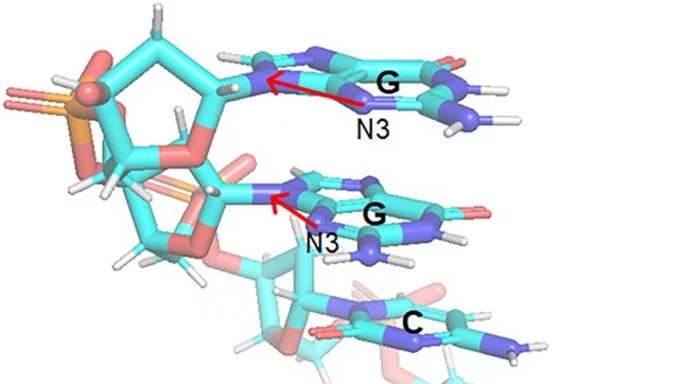
Researchers at Peking University in China have used electric field gradients and nuclear spins in DNA molecules for quantum computation.
Artificial DNA-nanoparticle motor breaks speed record
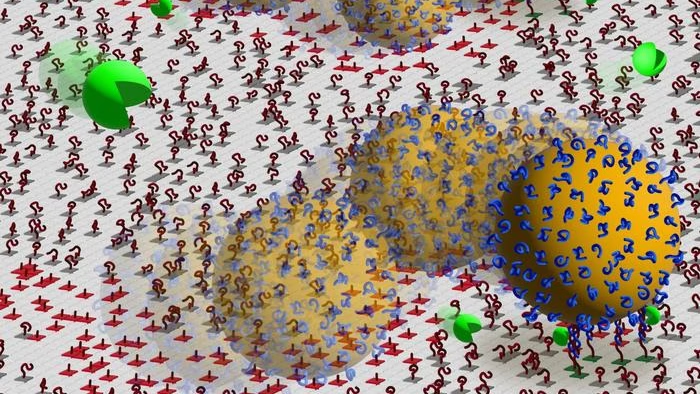
Scientists at National Institutes of Natural Sciences in Japan have built a DNA-based motor surpassing 30 nm/s, comparable to natural motor proteins’ speed.
Ancient DNA unlocks new understanding of migrations in the first millennium AD

Researchers at Francis Crick Institute have uncovered DNA evidence of hidden waves of Germanic and Viking migrations in Europe.
New CRISPR toolkit to allow remote-controlled ultrasound gene editing

Researchers at the University of Southern California in the United States have developed a controllable ultrasound CRISPR technique enabling targeted immunotherapy interventions against tumours.
Bacteria encode hidden genes outside their genome – do we?
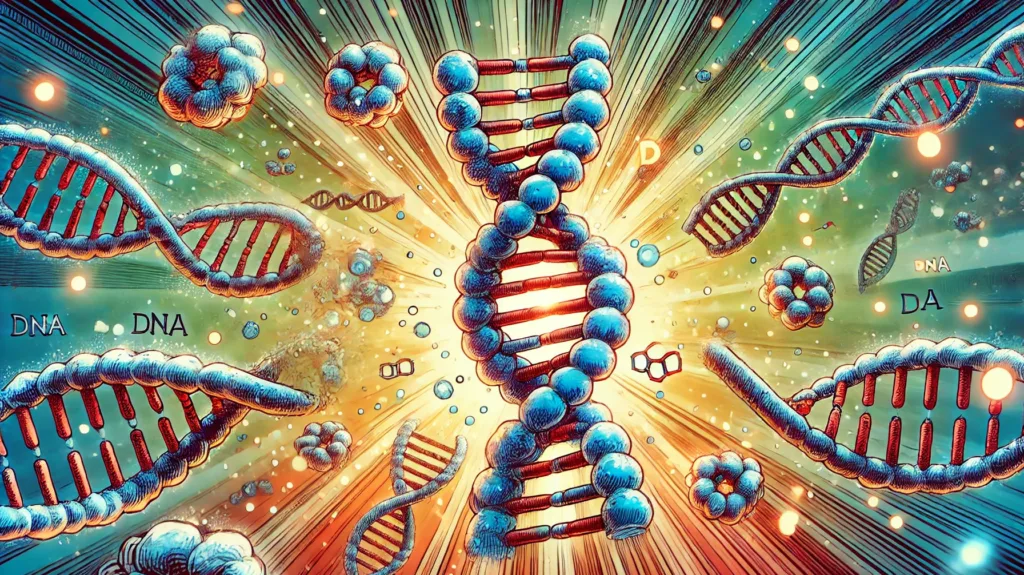
Columbia University in the United States has discovered that bacteria can produce free-floating genes, potentially revolutionising our understanding of human genetics.
Novel gene-editing tool overcomes drawbacks of CRISPR
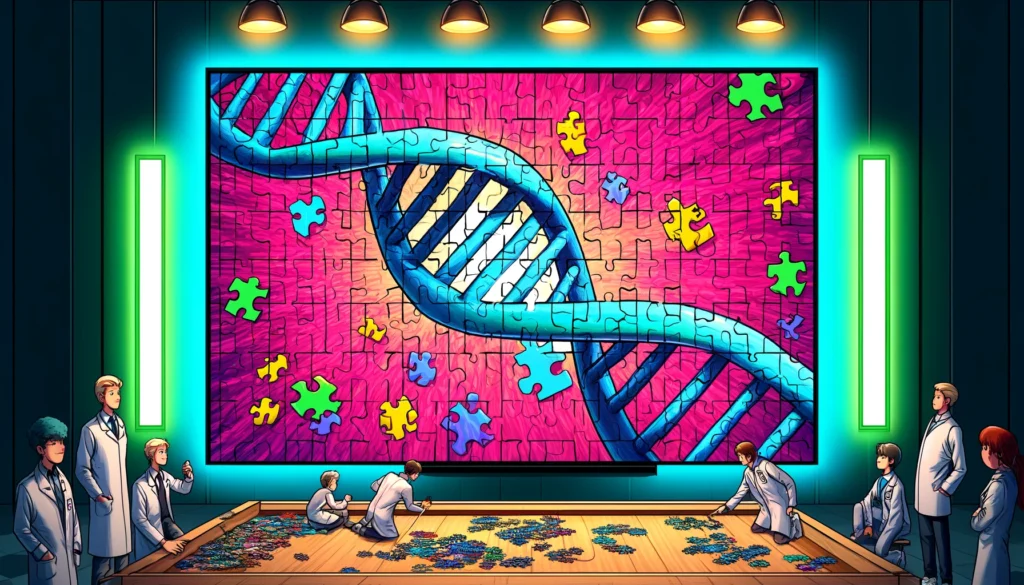
Researchers at the University of Tokyo in Japan have unveiled the spatial structure of a novel gene-editing tool, “prime editor,” promising more accurate gene therapy treatments without cutting both DNA strands like the CRISPR technique.
Scientists generate the first complete chromosome sequences from non-human primates
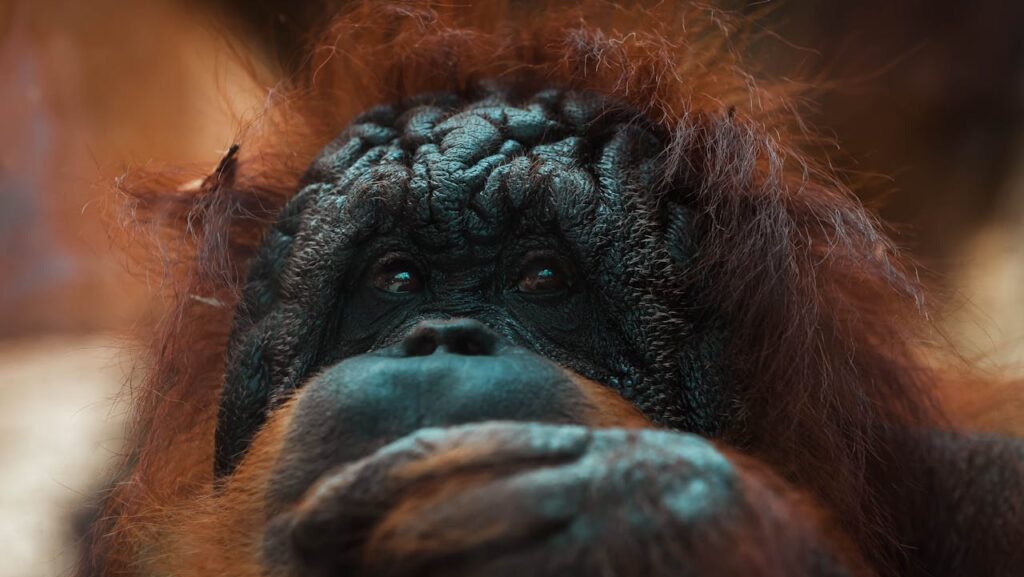
A team of researchers from the National Human Genome Research Institute, USA, have generated the first complete chromosome sequences of five great ape species and the siamang gibbon.
Ancient DNA reveals the appearance of a 6th century Chinese emperor
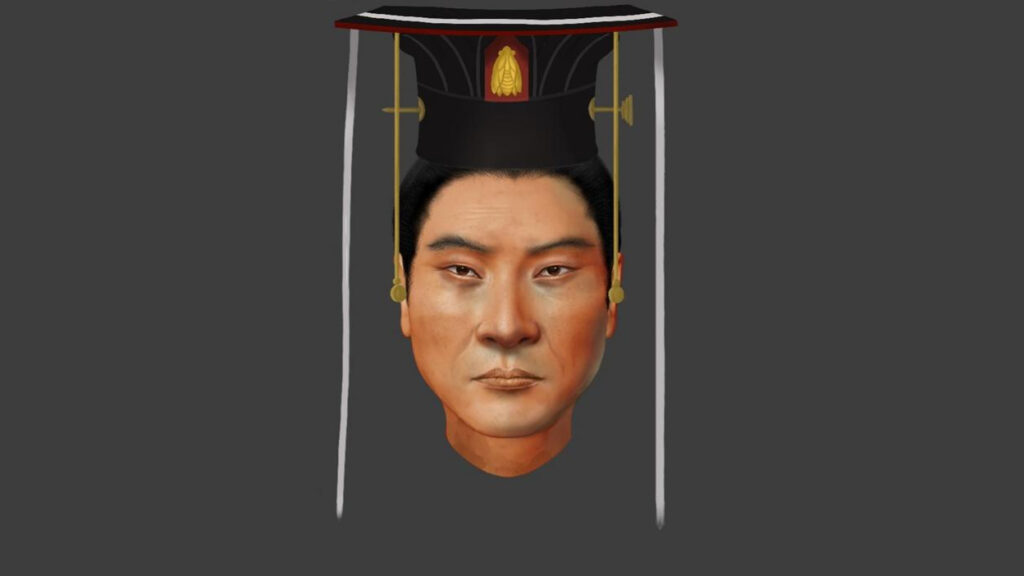
Researchers have reconstructed the face of Chinese Emperor Wu of Northern Zhou, revealing insights into his appearance, health, and the genetic history of ancient northeastern Asia.
